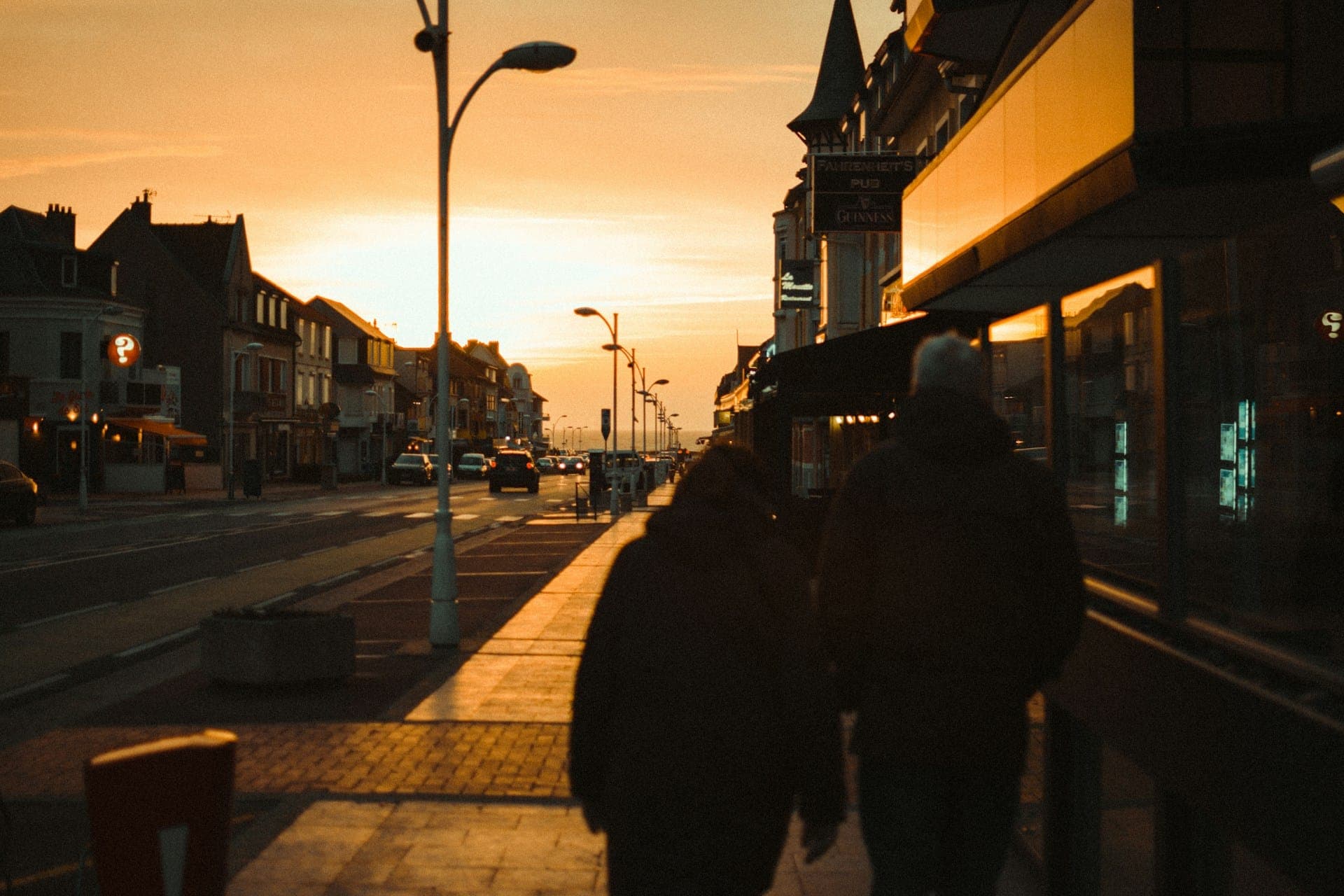
News
By Abigail Araya, January 17, 2024
There’s a demand for opportunities to walk, bike, and roll in rural America, but so far our infrastructure has failed to keep pace. While decision-makers attempt to add safety features to transportation projects, they would do well to remember that pedestrian safety and vehicle speed are opposing goals.

Adopting a Complete Streets approach is one way that rural communities can adapt and thrive. In our report, An Active Roadmap: Best Practices for Rural Mobility, we made the case that expanding opportunities for people to travel outside of a car can provide numerous benefits for rural communities, including supporting sustainable economic, environmental, and social conditions—and shared examples of rural places across the country that have already made common sense changes to enjoy these benefits.
However, as rural areas account for 49% of all traffic deaths (while only 19% of the population lives in these areas), decision makers must prioritize pedestrian design that put safety at the forefront. Unfortunately, our current policies and funding systems seem to ignore this urgent need and maintain the status quo of celebrating so-called safety projects that will have little to no real benefits.
Recently, the Federal Highway Administration announced the projects that received Rural Transportation Surface Grants for 2023 – 2024. Of the 18 projects listed, two were described as following a Complete Streets approach. However, while some pedestrian design features were tacked on to these projects, they ultimately follow the default approach to road design, prioritizing vehicle speed and throughput over the safety of other road users.
A project on Highway 210 in Brainerd, Minnesota pulled attention online when the founder and president of Strong Towns, Charles Marohn, shared the award announcement on LinkedIn. This project will include sidewalk widenings, marked crosswalks, two roundabouts, flashing beacons, traffic bumpouts, and raised medians. But lane width and number on this high-speed road will remain unchanged. Putting pedestrian facilities on a street with high risk not only puts lives at stake but discourages walking for transportation or recreation.
The Kagy Boulevard reconstruction project in Bozeman, Montana includes a separated 10-ft-wide shared use path, landscaping and street lighting, and roundabouts. However, it also adds new vehicle lanes to address traffic projections that may or may not come true, and in lieu of crosswalks, utilizes pedestrian tunnels “as part of the Complete Streets concept.” Adding lanes is likely to increase vehicle speed on this stretch of road, even if the speed limit is expected to stay the same. Pedestrian tunnels put the onus of safety on those walking and rolling and require them to make special accommodations to navigate their built environment.
More people die on our nation’s roadways every year, and our communities need immediate action for safe streets. Without efforts to reduce vehicle speeds and demonstrate that walking is a respected and prioritized mode of transportation, these projects are likely to leave pedestrian travel uncomfortable at best, and at worst, deadly. Including a few design features for pedestrians and cyclists is not enough. Following a Complete Streets approach means prioritizing the safety of all road users and designing for safety over speed.
Two decades ago, a Complete Streets approach would not have been a selling point for federal funding. Its inclusion in these awards is a reminder of how far our movement has come. Unfortunately, these projects are also a reminder of how far we have to go, as even these projects, receiving only a small fraction of federal funding, will ultimately fail to deliver on our goals.
Related News

© 2025 Smart Growth America. All rights reserved
Site By3Lane Marketing










